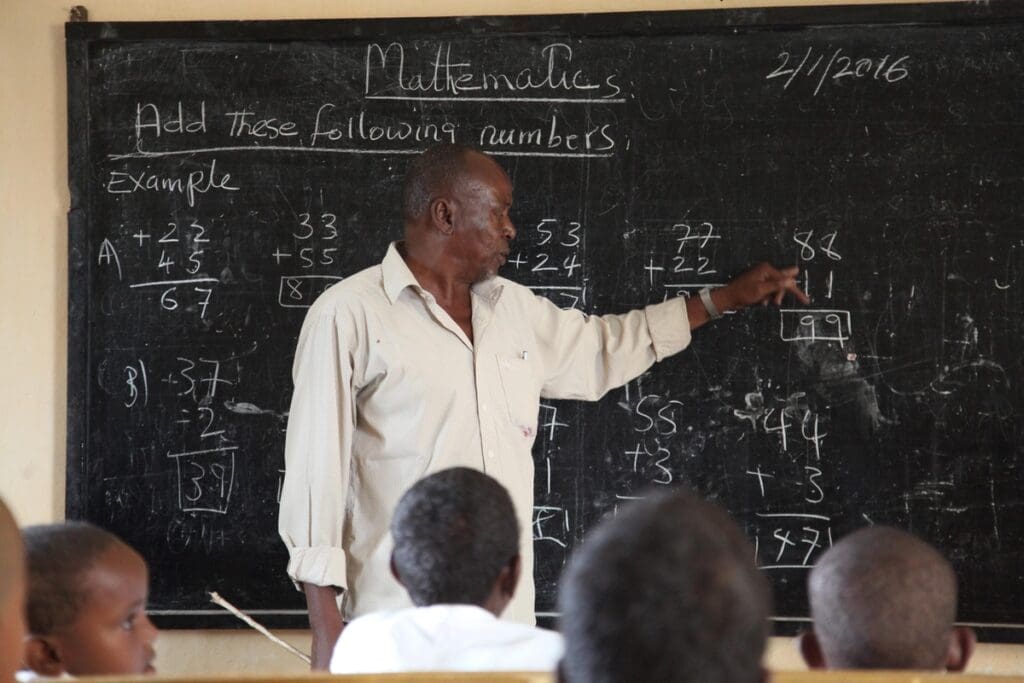Since the beginning of formal education, there have been discrepancies in how boys and girls have learned — and in who has taught them. In fact, it wasn’t until the 19th century that women at large began entering education spaces, both as students and teachers. Due in part to this late start in learning, women, and girls have been disadvantaged through the 20th and 21st centuries, unable to reach the same earning power as their male counterparts.
To close the gap in male and female performance in the workplace, educators strove to give girls the right support through their education to earn credentials to find success in life and career. Yet, after decades of efforts to enhance female education, reports found that boys were falling behind — they weren’t graduating from high school or college at the same rates. Boys and young men seemed both disillusioned and disengaged by formal schooling, and many attributed these emotions to a lack of male presence in their classrooms.
Fortunately, this doesn’t seem to be the case. Research has found little correlation between student academic outcomes and teacher gender. Children tend to rely on role models from their family or culture, not their education system, so their success or failure at school is affected more by their home life than by whether a Mr. or a Mrs leads their class.
This isn’t to say that men can’t or shouldn’t join the teaching profession. In fact, many educators are pushing to see more men become educators for these remarkably good reasons:

What More Male Teachers Can Do
Children are constantly learning about their culture and society by observing the behavior of adults around them. This includes parents and guardians, neighbors, aunts and uncles, and it certainly includes teachers, who are some of the most dominant adult figures in a child’s life.
Teaching is a non-violent, caregiving profession. Teachers are responsible for imparting their students with hard skills and knowledge, but they also serve as a strong representation of a non-family adult behaving outside the home. During the course of their day, teachers educate, and they also provide the care and attention children need to thrive.
A male teacher represents one of the precious few examples of men in jobs that do not involve violence or manual labor for many children. When children grow up with a major male figure in a caregiving position, they can develop a more wholesome sense of masculinity and the responsibility of men. Through this example, both boys and girls learn that men and women are not restricted to certain societal roles.
By increasing the number of men working in traditionally female-dominated professions — like teaching and nursing, cleaning, food preparation, and the like — and by increasing the representation of women in male-dominated fields, society can take important steps closer to gender equity. All levels of education should strive for diversity in their staff, and men looking for an impactful career should seriously consider teaching.
While K-12 educators have the potential to positively impact children, in truth, all educators can shift society’s expectations about men. Male teachers in higher education can provide more advanced information and skill to students while working to combat existing attitudes regarding men in caregiving positions. In fact, it is relatively straightforward for men to gain a teaching certificate online and launch themselves into a meaningful and rewarding career.
Society desperately needs male teachers — but it isn’t to ensure that boys and young men stay invested in their education. Rather, it is to help our culture develop a more nuanced understanding of masculinity and gender in general. Women and girls are thriving in education, and the sooner men commit to working in all levels of the education field, the sooner all of society can benefit.
Featured Image by rawpixel.com




